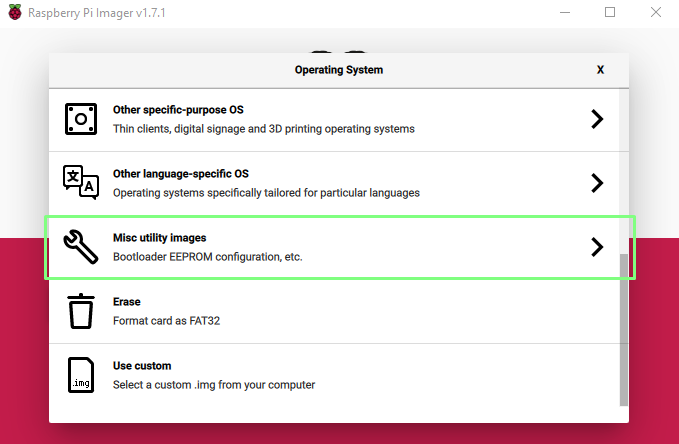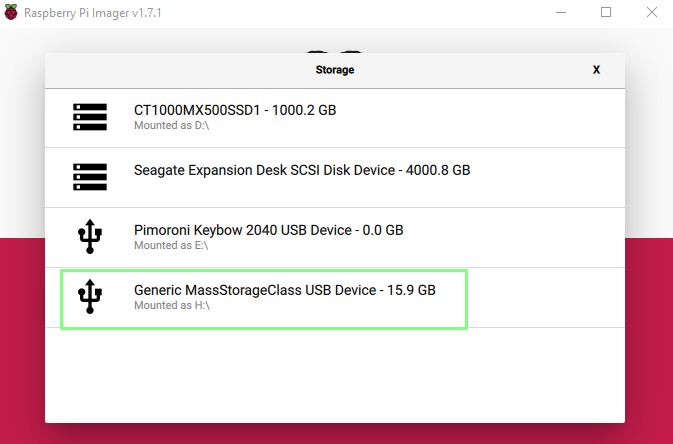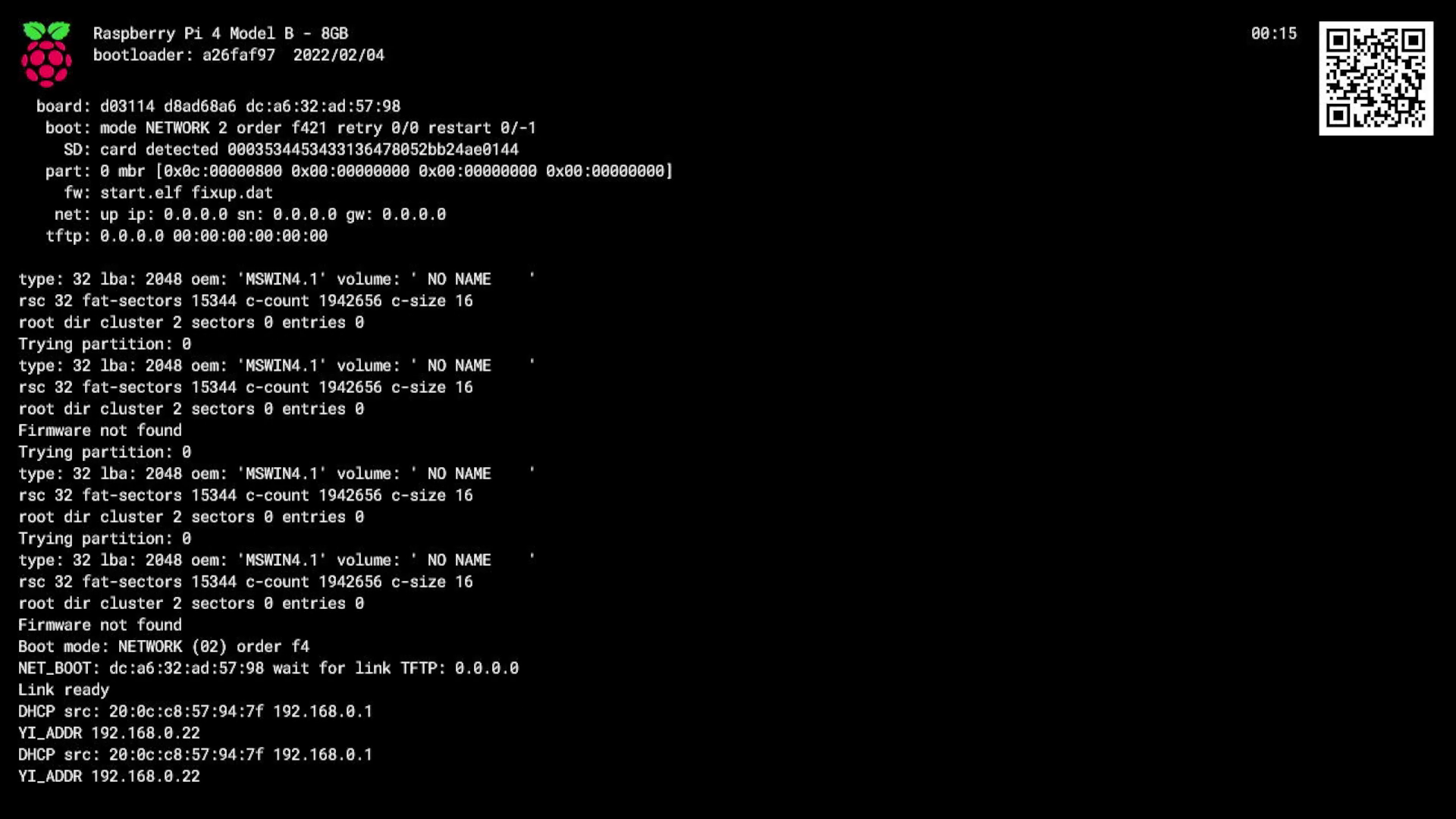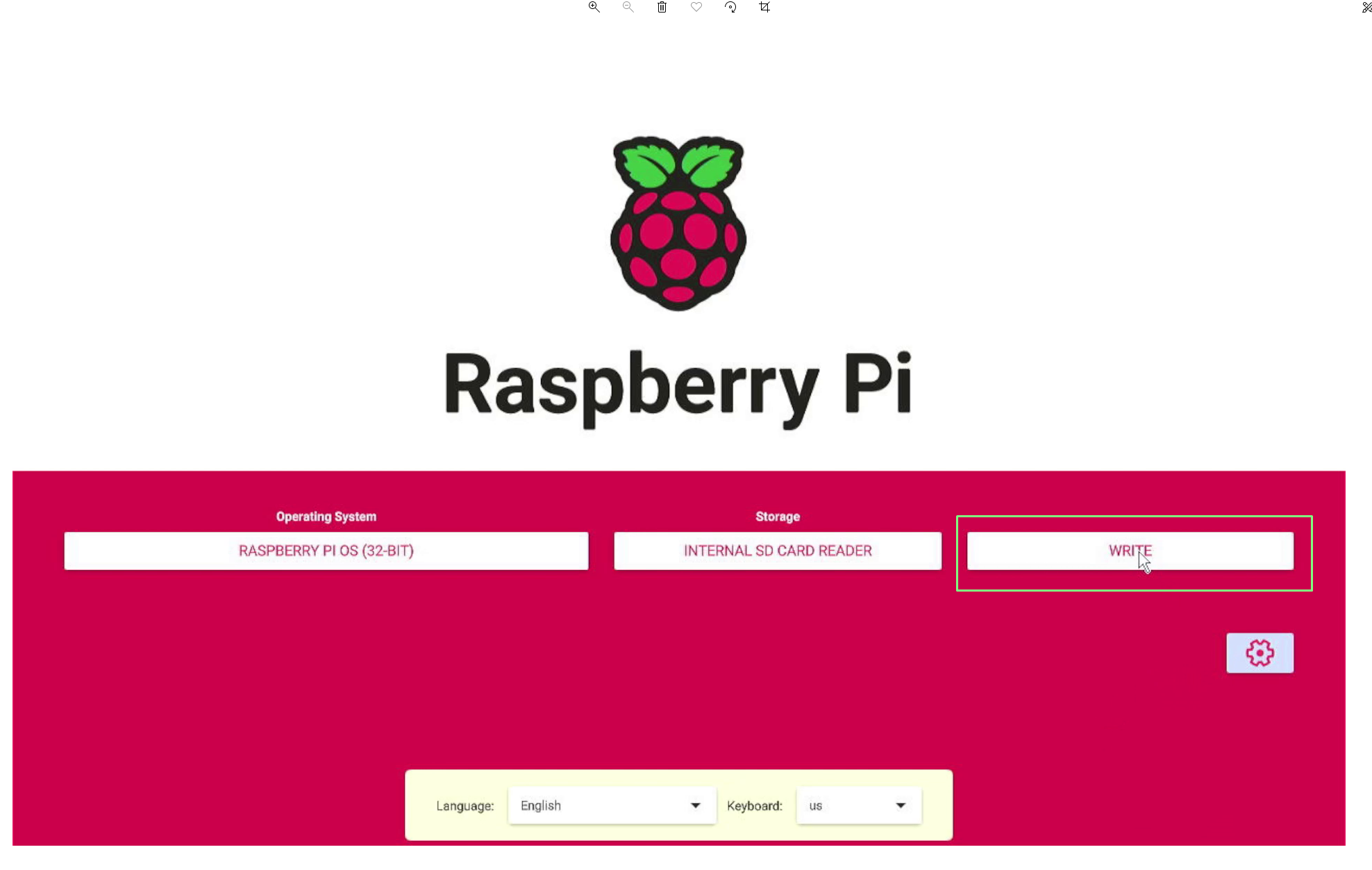No PC Needed: How to Install Raspberry Pi OS Over the Internet
Download and install the latest Raspberry Pi OS
As any experienced Raspberry Pi user can tell you, the popular single-board computer does not come with an OS preloaded. Unless you buy a third-party kit / card that comes with Raspberry Pi OS on it, you must download the operating system on a PC or Mac and write it to a microSD card or USB storage device for the Pi. We have articles on how to set up a Raspberry Pi and how to create a headless Raspberry Pi that show you how to do this.
But what if you don’t have access to a computer (or don’t have a card reader)? A new version of the Raspberry Pi bootloader, which is now available in beta, allows you to download and write the OS onto a microSD card, using the BIOS and an Ethernet connection.
This new bootloader is designed for the Raspberry Pi 4 and 400 and we ran three tests to determine whether this new tool is worth your time. The short answer: yes it is. When we used the network install tool to install Raspberry Pi OS 32-bit and 64-bit on a Raspberry Pi 4 8GB, we experienced no issues at all. We then used the tool to install the 32-bit OS to a Raspberry Pi 4 with 1GB of RAM. We expected this to fail as the downloaded OS image was 1.2GB – more than the RAM – but everything worked as expected, albeit a little slower than in the previous two tests.
There’s just one catch. Right now, you still need a PC in order to update the firmware on your Raspberry Pi so that it can do the online install. However, after the firmware becomes a release version, newly manufactured Pis will come with it.
Below, we explain how to upgrade your Raspberry Pi 4 or 400’s firmware and how to do an online install of Raspberry Pi OS.
For this project you will need
- Raspberry Pi 4 or 400
- 16GB or larger micro SD card
- PC or Mac (but only for firmware update)
Updating to the Beta Bootloader on Raspberry Pi
The new beta bootloader which brings network boot to the Raspberry Pi needs to be installed on to the Raspberry Pi. This is only for current Raspberry Pis as future models will have this feature installed by default.
Updating the bootloader isn’t difficult, thanks to Raspberry Pi Imager providing an automated process that makes it as easy as inserting a micro SD card and powering up our Pi.
Get Tom's Hardware's best news and in-depth reviews, straight to your inbox.
1. Download and install Raspberry Pi Imager to your computer. From version 1.7.1 onward there is a special entry for the Beta firmware.
2. Insert a 16GB micro SD card. This card will be erased so make sure to backup any files before using it.
3. Open Raspberry Pi Imager and click on CHOOSE OS.
4. Scroll down and select Misc utility images.
5. Select Beta Test Bootloader.
6. Select Network Boot.
7. Click CHOOSE STORAGE.
8. Select your microSD card.
9. Write the image to the microSD card.
10. When complete, put the card into your Raspberry Pi.
11. Connect your Raspberry Pi to a display, then power up and wait for the screen to go green.
12. Power off the Raspberry Pi. The bootloader has now been updated.
13. Format the microSD card as a FAT32 drive in your computer, then return it to the Raspberry Pi.
Network Booting the Raspberry Pi
Our Raspberry Pi is now ready to download and write microSD cards with no further action necessary on our computer.
1. Power on the Raspberry Pi with all peripherals connected, including a monitor and Ethernet.
2. Wait for the Pi’s “BIOS” to finish loading. It may take around 30 seconds.
3. When prompted, press and hold Shift and then press Spacebar. This will trigger the Pi to download a special boot image version of Raspberry Pi Imager which is copied to RAM.
4. Click on CHOOSE OS and select the OS that you wish to install. We chose the latest 32-bit image, but you can also install the new 64-bit OS, or other OS from the list.
5. Click on CHOOSE STORAGE and select your microSD card. You can also select a USB drive as your intended boot device.
6. Click on WRITE to download and write the OS to your drive. This can take around 10 minutes to complete.
Once the download and installation is complete the Pi will reboot a few times and in a few moments you will be presented with the Raspberry Pi OS desktop.
Should you need to reinstall an OS, repeat steps 1 to 6 with a blank microSD card / USB flash drive. You no longer need to use your computer to download and write the images to SD / USB.
Optional Extras
While not essential to the installation process, we can customize our Raspberry Pi OS install using the settings cog.
This will open a new menu where we can tweak our installation language, setup Wi-Fi, SSH and change the password.

Les Pounder is an associate editor at Tom's Hardware. He is a creative technologist and for seven years has created projects to educate and inspire minds both young and old. He has worked with the Raspberry Pi Foundation to write and deliver their teacher training program "Picademy".













